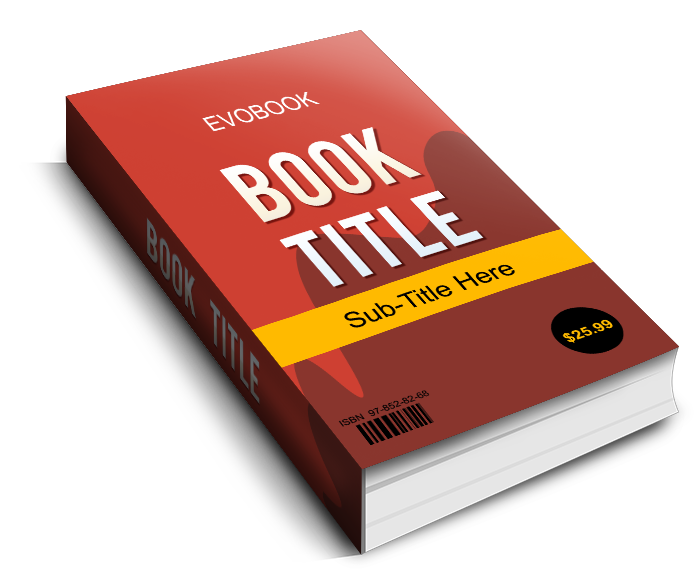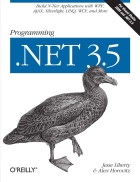




Mã tài liệu: 202116
Số trang: 478
Định dạng: pdf
Dung lượng file:
Chuyên mục: Khoa học công nghệ
This book tells the story of .NET 3.5. We will not try to sell you on why .NET 3.5 is great, why it will make you more productive, why you should learn it, why your company should invest in incorporating this new technology, and so on. Microsoft has lots of folks selling .NET 3.5, and they are quite good at their jobs, so we’ll leave that to them. Nor will we regurgitate the Microsoft documentation; you can get that for free on the Internet. Finally, while we hope you will return to this book often and keep it on your desk as a useful reference, our goal is not to provide a compendium, but simply to introduce you to .NET 3.5, speaking as one programmer to another. In the early days of personal computing, the hard part was finding the information you needed, because so little was published. Today, the hard part is separating the nuggets of wheat from the mountains of chaff. There is a blizzard of information out there (books, articles, web sites, blogs, videos, podcasts, sky writing...), but the signalto-noise ratio approaches zero (while the metaphors are beginning to pile up under your feet!). Our aim is to provide you with the key information you need, together with a context for that information: a scaffolding into which you can fit what you learn to make you more productive and to make your programs better. It is our belief that .NET 3.5 in general, and Silverlight in particular, will change programming more significantly than anything that has come from Microsoft for at least a decade. The advent of .NET 3.5 marks a turning point in how we approach programming—one we embrace with great enthusiasm. From one perspective, .NET 3.5 is nothing more than a collection of disparate technologies:
• Windows Presentation Foundation (WPF) for writing Windows applications
• Silverlight for delivering Rich Internet Applications (RIAs) via the Web, across browsers and platforms
• Windows Communication Foundation (WCF) for creating contract-based web services and implementing Service-Oriented Architectures (SOAs)
• Windows Workflow Foundation (WF) for defining the workflow in an application
• CardSpace for creating user-negotiated identities on the Web
• ASP.NET/AJAX for rich-client web applications
You can expect to see many books that treat each of these technologies individually, but in this book we have instead chosen to take an integrated approach. This book has two goals. The first, as we have intimated, is to tell the real story of .NET 3.5, rather than simply repeating what you can find in the documentation. We will provide the essential information that you need to make solid, practical, reliable use of all of the technologies we’ve just mentioned, while providing a clear picture of which problems each of the technologies solves, either alone or working with others.
Những tài liệu gần giống với tài liệu bạn đang xem
📎 Số trang: 372
👁 Lượt xem: 354
⬇ Lượt tải: 16
📎 Số trang: 875
👁 Lượt xem: 350
⬇ Lượt tải: 16
📎 Số trang: 609
👁 Lượt xem: 511
⬇ Lượt tải: 16
📎 Số trang: 548
👁 Lượt xem: 402
⬇ Lượt tải: 16
📎 Số trang: 889
👁 Lượt xem: 327
⬇ Lượt tải: 16
Những tài liệu bạn đã xem
 Programming dot NET 3 5 Aug 2008
This book tells the story of .NET 3.5. We will not try to sell you on why .NET 3.5 is great, why it will make you more productive, why you should learn it, why your company should invest in incorporating this new technology, and so on. Microsoft
pdf Đăng bởi
hatamdinhthi
Programming dot NET 3 5 Aug 2008
This book tells the story of .NET 3.5. We will not try to sell you on why .NET 3.5 is great, why it will make you more productive, why you should learn it, why your company should invest in incorporating this new technology, and so on. Microsoft
pdf Đăng bởi
hatamdinhthi